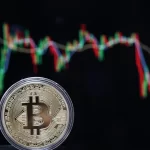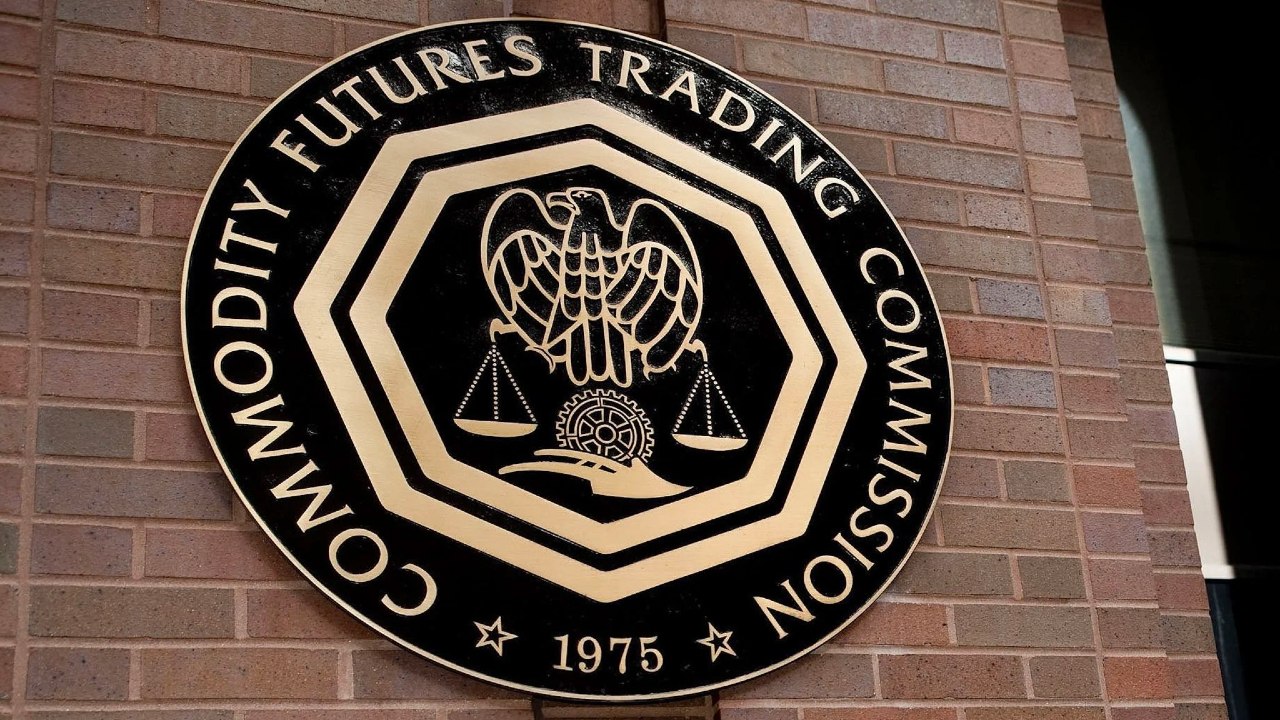What is it with the month of June within the crypto industry? I had something completely different planned to write this week. Crypto just logged its first losing month of 2023, and my thoughts were around valuations, prices relative to indicators and technical support levels.
But my focus shifted as I was literally putting pen to paper (or fingers to keys for accuracy’s sake).
You’re reading Crypto Long & Short, our weekly newsletter featuring insights, news and analysis for the professional investor. Sign up here to get it in your inbox every Wednesday.
Picture two neighbors (who you thought would get along fine) who seemingly dislike each other more every day, arguing outside your window – and then hearing things continue to escalate. That’s how I would characterize the recent developments between the U.S. Securities and Exchange Commission (SEC) and Binance.
Truthfully, the dispute seems to be between regulators and cryptocurrencies in general, where on one side are politicians, the other side are crypto entities and somewhere in the middle are decentralized assets wondering what’s going on as they’re being hit.
The respite from regulators following crypto’s lack of inclusion in the debt-ceiling deal appears to have lasted less than a week.
On Monday, June 5, news broke that the SEC was suing Binance and CEO Changpeng “CZ” Zhao for alleged securities violations.
Of all of the allegations levied, which include offering unregistered securities and running an unregistered exchange, the most damaging one from my vantage point is the allegation of the “commingling” of customer funds.
“Defendants were free to and did transfer investors’ crypto and fiat assets as Defendants pleased, at times commingling and diverting them,” according to the SEC’s filing.
Binance is vehemently pushing back on allegations, stating that “any allegations that user assets on the Binance.US platform have ever been at risk are simply wrong,” and “all user assets on Binance and Binance affiliate platforms including Binance.US. are safe and secure”
But here’s the rub: I personally don’t think that the SEC cares much about “safe and secure” in this instance. What they seem to care about is the word “separate.” And if, through the movement of assets, any customer funds touched an account held by Zhao, even for a millisecond, the SEC will likely jump at the opportunity to throw a punch at Binance.
And if that did in fact occur, then Binance’s chin may truly be exposed. The usage of an old boxing metaphor seems appropriate given that crypto and regulators very much seem to be in a fight.
It’s also worth noting that on June 1, Senator Elizabeth Warren stated that crypto is “helping fund” the fentanyl trade, signaling the reintroduction of a Digital Asset Money Laundering legislation, which “closes loopholes.”
It will be interesting to see what ultimately constitutes a “loophole,” along with how many international jurisdictions agree. The Q&A between Warren and Assistant Secretary of the Treasury for Terrorist Financing Elizabeth Rosenberg implies that they would seek international coordination as they take their fight to crypto.
In regards to Binance, the tone of the SEC’s press release seemed a bit more personal than procedural with the inclusion of the descriptor “so-called” when referring to the BNB token and BUSD stablecoin.
The irony of the timing of this announcement is not lost on me, as the month of June is emerging as the worst month of the year for crypto investors.
Where daily average returns for the month of June ranked sixth among all months between 2014-2020, its returns from 2021-2023 rank last.
It was on June 13, 2022, that crypto lender Celsius froze withdrawals and transfers for all customers, citing “extreme market conditions.”
Almost exactly 48 hours later, crypto was caught off balance with this tweet from Three Arrows Capital Founder Zhu Su.
The result of the turmoil was a 37% decline in bitcoin (BTC) during June 2022 from almost $32,000 to $19,966, falling as low as $17,690 at one point. And, almost a year to the day, we receive news of the SEC’s action versus Binance. The market response was notable, with prices declining 5.4% on higher than average volume.
Still it would appear that with every hit that bitcoin and crypto take during June, the blow has tended to weaken. June 13, 2022, is the worst-performing day for BTC since 2021, with prices falling 16%. The 9.7% decline just a few days later on June 16 is the 13th-largest loss over the identical time period.
The 5.4% decline following the SEC’s Binance case doesn’t rank within the top 50 worst-performing days.
It would appear that as each punch is thrown, the assets themselves (i.e. bitcoin, ether, etc.) have certainly taken a hit, but less so than the entities being targeted, which are often centralized in nature.
I’ve contended before and will contend again that the vast majority of issues within crypto surround the actors and not the asset itself.
Digital assets remain a way to transfer capital, essentially moving money around the internet/blockchain, without the need for a trusted third party.
I have no doubt that the fight between regulators and crypto will continue to escalate, but as it intensifies, I’d argue that the assets themselves are starting to weather the impact better.
Takeaways
From CoinDesk Deputy Editor-in-Chief Nick Baker, here’s some news worth reading:







